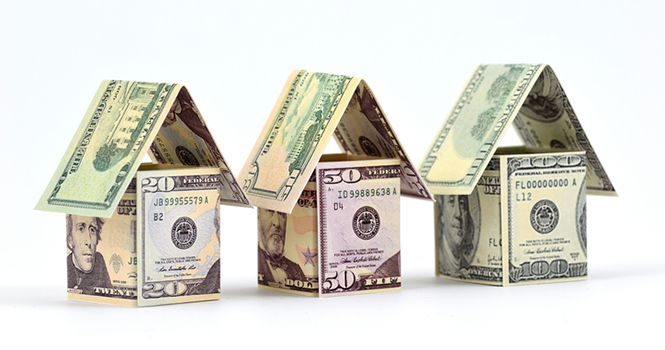Appreciation grew quicker in the first quarter of 2018, up 5.7 percent year-over-year, according to the latest quarterly report by the National Association of REALTORS® (NAR).
“The worsening inventory crunch through the first three months of the year inflicted even more upward pressure on home prices in a majority of markets,” says Lawrence Yun, chief economist at NAR. “Following the same trend over the last couple of years, a strengthening job market and income gains are not being met by meaningful sales gains because of unrelenting supply and affordability headwinds.
“REALTORS® in areas with strong job markets report that consumer frustration is rising,” Yun says. “Home shoppers are increasingly struggling to find an affordable property to buy, and the prevalence of multiple bids is pushing prices further out of reach.”
Home prices on a single-family went up in 91 percent of markets, or 162 or 178 metropolitan statistical areas (MSAs). Thirty percent of, or 53, metros saw prices up by double digits. The median national price of a single-family was $245,500, and the median national price of a condominium was $231,700.
Home prices in the Midwest and West grew at the highest rates year-over-year: 5.9 percent and 8.2 percent to a median single-family value of $187,100 and $371,300, respectively, according to the report. Prices in the South followed, at 5.5 percent to a median $220,400. Prices in the Northeast grew at the lowest rate year-over-year, 4.6 percent to a median $267,400.
Affordability again declined in the first quarter, chiefly due to increased rates and prices. A homebuyer with a 5 percent down payment would need an annual $55,732 income to afford a median-priced single-family; a homebuyer with a 10 percent down payment would need $52,779 in income; and a homebuyer with a 20 percent down payment would need $46,932 in income.
“Prospective buyers in many markets are realizing that buying a home is becoming more expensive in 2018,” says Yun. “Rapid price gains and the quick hike in mortgage rates are essentially eliminating any meaningful gains buyers may be seeing from the combination of improving wage growth and larger paychecks following this year’s tax cuts.”
Based on median price of a single-family, the most expensive metros in the first quarter were: San Jose, Calif. ($1,373,000); San Francisco-Oakland-Hayward, Calif. ($917,000); Anaheim-Santa Ana-Irvine, Calif. ($810,000); urban Honolulu, Hawaii ($775,500); and San Diego-Carlsbad, Calif. ($610,000). The least expensive were: Decatur, Ill. ($73,000); Cumberland, Md. ($86,200); Youngstown-Warren-Boardman, Ohio ($91,300); Elmira, N.Y. ($100,800); and Binghamton, N.Y. ($103,000).
Existing-home sales, including condos, fell 1.5 percent to 5.51 million in the first quarter, according to the report. At the end of the quarter, existing homes available for sale were down 7.2 percent year-over-year to 1.67 million, with an average supply of 3.5 months.
“It’s simple: home builders need to start constructing more single-family homes and condominiums to overcome the rampant supply shortages that are hampering affordability,” Yun says.
For more information, please visit www.nar.realtor.
For the latest real estate news and trends, bookmark RISMedia.com.












